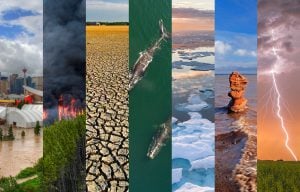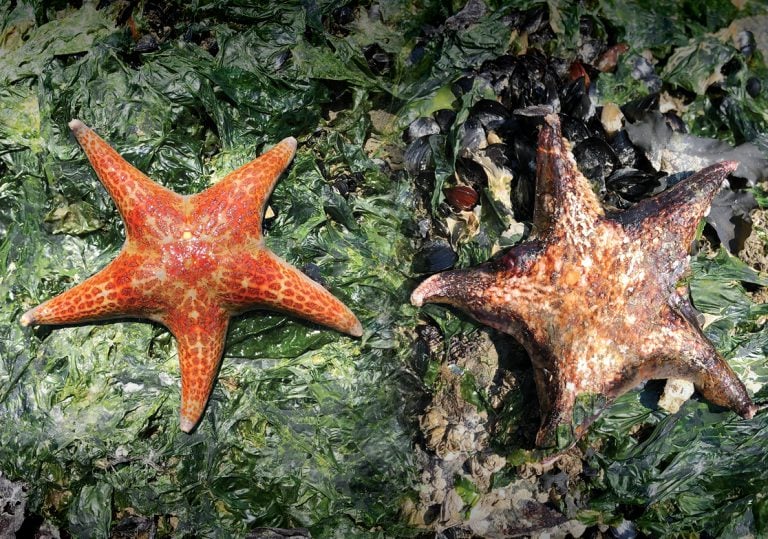Trying to curb climate change is a complex and global effort. How has Canada fared in the crusade?
In the June issue of Canadian Geographic, we focused on climate change, and looked back at Canada’s role in the 1992 Earth Summit.
Here’s a bit of what’s happened in the almost quarter-century since.
The Earth Summit, 1992
At the United Nations Conference on Environment and Development (also know as the Earth Summit) Canada was considered to be at the forefront of the environmental movement. They had contributed scientific information that led to the Montreal Protocol on Substances that Deplete the Ozone Layer and had also developed the UV index.
It was at this conference that the UN Framework Convention on Climate Change was presented. Its objective was to reduce greenhouse gas emissions to a level that would prevent continued environmental damage.
Canada signed the UN Framework Convention on Climate Change and was the first G7 nation to ratify the treaty.
At the conclusion of the conference, then Prime Minister Brian Mulroney said, “I leave this conference believing we have a better chance of saving the world than we had when we came here.”
Unfortunately, despite Mulroney’s optimism, Canada’s leading position in the environmental movement would not stand the test of time.
The Kyoto Protocol, 2002
The Kyoto Protocol was ratified by Parliament in 2002. It was designed to be an extension of the UN Framework Convention on Climate Change by setting greenhouse gas emission reduction targets.
The target for Canada was to reduce its greenhouse gas emissions by 6 per cent from 1990 levels between 2008 and 2012. Instead, national emissions increased by over 30 per cent, and Canada officially withdrew from Kyoto in 2011.
Then Environment Minister Peter Kent claimed that it was pointless for Canada to remain in the agreement because the protocol didn’t include China and the United States, the world’s two largest emitters of greenhouse gases, so it wouldn’t be effective in solving climate change.
Many Canadians were upset about the withdrawal and blamed the Conservative government, saying they were abdicating the nations responsibility to the planet. Green Party Leader Elizabeth May told The Globe and Mail that pulling out of the protocol “is not just big, it’s disastrous for Canada.”
The Copenhagen Accord
At the 2009 UN Climate Change Conference Canada signed the Copenhagen Accord, agreeing to reduce greenhouse gas emissions to 17 per cent below 2005 levels by 2020.
However, Environment Canada released a report in 2014 stating that Canada will not meet its target, and that its greenhouse gas emission might actually increase by the time 2020 rolls around.
The Paris Agreement
Alas, with a change in government came a change in perspective.
In 2015 newly elected Prime Minister Justin Trudeau signed the Paris Agreement with a commitment to spending $2.65 billion over the next five years to help developing countries battle climate change.
The agreement includes limiting global temperature rises to below 2 C, helping poorer nations combat climate change, and striving for a carbon-free world before 2100.
When signing the agreement Trudeau promised that Canada’s efforts in fighting climate change “will not cease.”
Only time will tell if Trudeau’s promise holds true and Canada regains its role as a leader in the environmental movement.







